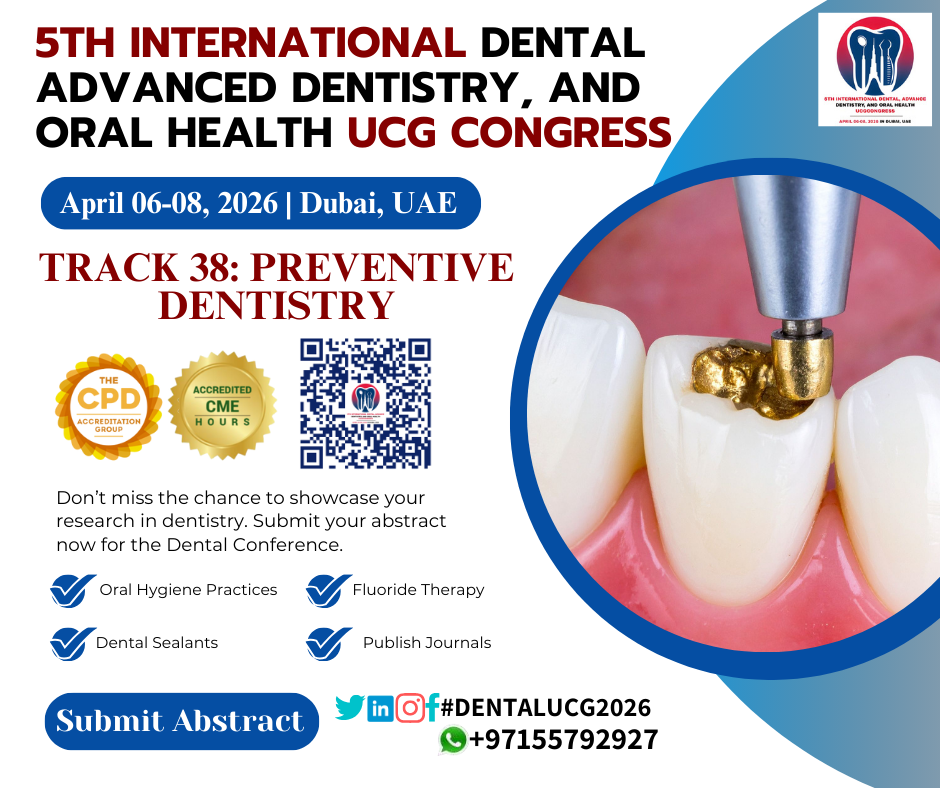Preventive Dentistry focuses on maintaining oral health and preventing dental issues such as cavities, gum disease, and other oral conditions. Here is a detailed outline of the content typically covered in Preventive Dentistry:
1. Introduction to Preventive Dentistry
- Definition and importance of preventive care in maintaining oral health.
- Role of preventive dentistry in reducing the incidence of dental diseases.
- The cost-effectiveness of prevention vs. treatment.
2. Oral Hygiene Practices
- Brushing: Proper brushing techniques, types of toothbrushes (manual vs. electric), and fluoride toothpaste.
- Flossing: Importance of flossing, proper technique, and alternative interdental cleaning devices (e.g., interdental brushes, soft picks).
- Mouth Rinses: Role of antimicrobial and fluoride mouth rinses in oral hygiene.
- Tongue Cleaning: The role of tongue scrapers in removing bacteria and improving oral health.
- Timing of Oral Care: Best practices for when to brush and floss (e.g., after meals, before bed).
3. Diet and Nutrition in Oral Health
- Impact of Nutrition: How diet affects oral health, including the role of sugars, acids, and nutrients like calcium, vitamin D, and fluoride.
- Dietary Recommendations: Foods that promote healthy teeth (e.g., dairy, fruits, vegetables) and foods to avoid (e.g., sugary snacks, sodas).
- The Role of Fluoride: Fluoride's role in remineralizing teeth and preventing decay.
- Healthy Habits: Drinking plenty of water, reducing snacking between meals, and limiting acidic foods and beverages.
4. Fluoride Therapy
- Fluoride in Toothpaste: The concentration of fluoride in commercial toothpaste and its role in preventing cavities.
- Fluoride Varnishes and Gels: Professional application of fluoride treatments in dental offices to strengthen enamel and prevent decay.
- Community Water Fluoridation: The benefits and safety of adding fluoride to public water supplies.
- Topical vs. Systemic Fluoride: Differences between the two and their effects on dental health.
5. Sealants
- Dental Sealants: What they are and how they protect the grooves of back teeth (molars) from decay.
- Placement and Longevity: How sealants are applied and their durability.
- Effectiveness: Studies showing the effectiveness of sealants in preventing cavities in children and adolescents.
6. Regular Dental Checkups and Screenings
- Routine Dental Exams: The importance of regular visits to the dentist for exams, cleanings, and early detection of issues.
- Oral Cancer Screening: Early detection of oral cancers through visual and tactile exams.
- Radiographs (X-rays): How X-rays assist in detecting issues not visible during a regular exam, such as cavities between teeth or bone loss.
- Assessment of Risk Factors: Identifying patients at higher risk for dental diseases (e.g., smoking, diabetes, genetics).
7. Early Detection of Dental Issues
- Cavities (Dental Caries): How early detection of cavities can prevent further damage and costly treatments.
- Gum Disease (Periodontal Disease): Early signs of gingivitis and periodontitis, and how to prevent progression.
- Occlusion and Bite Problems: Identifying bite issues and potential solutions to prevent wear and tear on teeth.
8. Tobacco and Alcohol Cessation
- Effects of Smoking and Tobacco: Impact on gum health, tooth staining, bad breath, and increased risk of oral cancer.
- Alcohol and Oral Health: Risks of excessive alcohol consumption, including dry mouth, gum disease, and oral cancer.
- Cessation Programs: Strategies to help patients quit smoking or using tobacco products to improve their oral and overall health.
9. Xerostomia (Dry Mouth) Prevention
- Causes of Xerostomia: Medications, aging, and systemic conditions that can lead to dry mouth.
- Managing Dry Mouth: Tips to manage dry mouth, including staying hydrated, using saliva substitutes, and avoiding certain medications.
- Dental Products for Dry Mouth: Special mouthwashes, lozenges, and fluoride treatments designed for dry mouth sufferers.
10. Management of Teeth Grinding (Bruxism)
- Causes of Bruxism: Stress, misaligned teeth, and other contributing factors to teeth grinding.
- Symptoms: Signs of bruxism, such as worn-down teeth, jaw pain, and headaches.
- Preventive Measures: Use of nightguards, lifestyle changes, and stress management techniques.
11. Prevention of Pediatric Dental Issues
- Teething and Infant Oral Care: Recommendations for parents on cleaning infant gums and teeth, and teething pain management.
- Early Childhood Caries (ECC): Prevention of cavities in young children, including the importance of not putting babies to bed with bottles.
- Thumb Sucking and Pacifiers: Effects of thumb sucking and pacifier use on teeth development and strategies to stop the habit.
12. Preventive Care for Geriatric Patients
- Aging and Oral Health: Changes in oral health as people age, including dry mouth, tooth loss, and gum disease.
- Dentures and Partial Dentures: Preventive care for those who wear dentures, including proper cleaning techniques and avoiding oral infections.
- Caring for Aging Teeth: Maintaining natural teeth into old age through good oral hygiene practices and regular dental visits.
13. Dental Care for Pregnant Women
- Pregnancy and Oral Health: Hormonal changes during pregnancy and their effects on oral health, such as pregnancy gingivitis.
- Safe Dental Treatments: Dental care and procedures that are safe to perform during pregnancy.
- Importance of Maintaining Oral Health During Pregnancy: Reducing the risk of complications such as preterm birth linked to periodontal disease.
14. Public Health Programs and Community Outreach
- School Dental Programs: Programs aimed at teaching children about oral hygiene, fluoride use, and nutrition.
- Community Water Fluoridation: Initiatives to ensure communities have access to fluoridated water as a preventive measure.
- Oral Health Education: Raising awareness about the importance of oral health through campaigns and community workshops.
15. Emerging Trends in Preventive Dentistry
- Technology in Prevention: The role of apps, digital tools, and AI in promoting better oral hygiene and monitoring oral health.
- Personalized Preventive Care: Tailoring preventive strategies based on genetic and lifestyle factors.
Preventive dentistry is about creating long-term habits and practices that promote oral health and reduce the need for restorative or emergency treatments. It emphasizes education, regular checkups, early intervention, and lifestyle changes to keep teeth and gums healthy for a lifetime.





